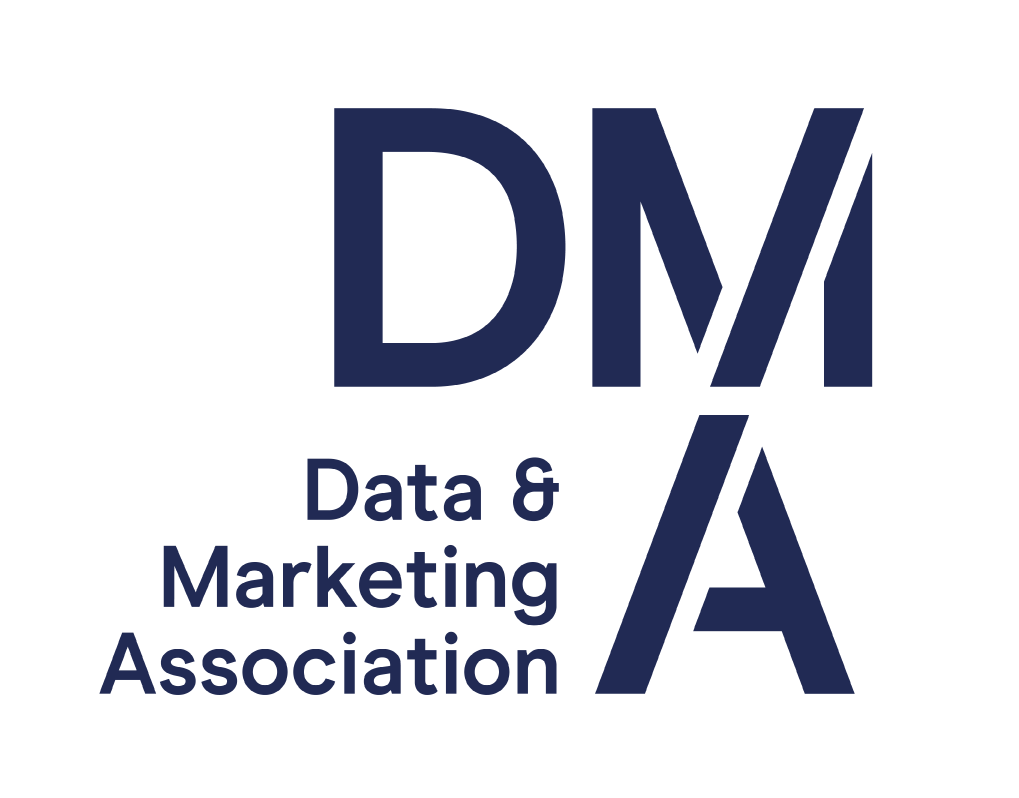Email tracking report 2012
25 Oct 2012
This report is one of the most important pieces of consumer research available to email marketers because it is the only one of its kind that focuses on what UK consumers actually think of and do with email. It shows consumers actively chose to receive more email from an increasing number of brands.
Executive summary
Shelf life of emails
• Time spent on email has increased slightly over the last year, but is still lower than typical perceptions: 54% never check email at work, for example, while a further 26% spend less than two hours on email at work.
• Mobile email and improved inbox tools mean email longevity in the inbox has fallen. However, 63% of consumers tend to keep emails for longer than a day, 25% for longer than a week.
• Email’s longevity in the inbox speaks to its role in generating ongoing impressions and delayed responses, which need accounting for on landing pages, etc.
Number of emails and email addresses
• 69% of consumers have more than one email address. Marketers need to encourage trust and highlight the value in their emails through, for example, benefit-oriented sign-up copy to ensure users self-select the “right” email address.
• Most users receive emails from 5-15 brands, though 12% are power subscribers receiving emails from over 30 brands.
• Email volume has increased since 2011, but the majority (63%) still get no more than six brand emails a day on average, with 40% getting no more than three a day.
What should marketers do?
• The relative lack of inbox competition means marketers can consider increasing frequency and mixing traditional promotions with full-price offers and relationship-building content.
• Marketers need to account for both delayed action and indirect action to properly evaluate the impact of their email efforts and properly define “inactive” subscribers.
• Email is popular across all age groups, but 28% of young adults (aged 18-24) receive no mail from brands.
• The two key motivators for signing up are financial benefits (e.g. promise of discounts) and a positive wider relationship with the sender. Marketers need to better exploit the latter motivation by incorporating sign-up opportunities at all customer touch points.
Consumer response to emails
• The clickthrough remains the most likely response (cited by 59%) to an interesting or relevant email. However, 22% would visit the sender’s website by another route, 27% would be prompted to visit the sender’s retail store and 40% would bear the information in mind for later.
• Subscribers continue to value “money-off” content highest. However, free shipping is no longer a useful differentiator in the inbox and there is growing interest in content or offers that reflect the value of the customer relationship (such as advanced notice of new products).
• The number of respondents finding at least half of their brand emails interesting or relevant has tripled since mid-2010 to 29%. This despite increases in both expectations and email volume. Only 23% find no more than one in ten brand emails interesting or relevant.
Mobile, social media and email
• Only 9% of consumers regard their mobile phone, smartphone or tablet as their primary email device, though a much larger percentage likely use them at least occasionally.
• Accordingly, mobile email design needs to either be limited to those clearly identified as mobile email users or include enough flexibility to display and work effectively on both mobile and desktop screens.
• Social network use continues to grow, with 78% of online consumers active on at least one social website or network.
• Only five individual social properties are each used by around 10% or more of respondents, namely LinkedIn, Twitter, YouTube, Amazon and Facebook.
• Facebook is by far the most popular (cited by 65%) and should typically take precedence in integrated social/email campaigns.
• However, social network use for business purposes is minor, with only 10% of respondents doing so and most then for less than one hour a week. The commonest amount of time spent on social networks for social purposes is also less than one hour a week.
• If not sent to known and active social network users, email campaigns focused on encouraging social network activity need careful handling or may be irrelevant to most subscribers.
• 22% have shared a brand email on social networks, but the majority (78%) have never done so.
• Subscribers cite a broad range of motivations for sharing such emails. “Shareable” content is not limited to exceptional offers, but covers a broad range of material that addresses the community and conversational needs of recipients.





Please login to comment.
Comments